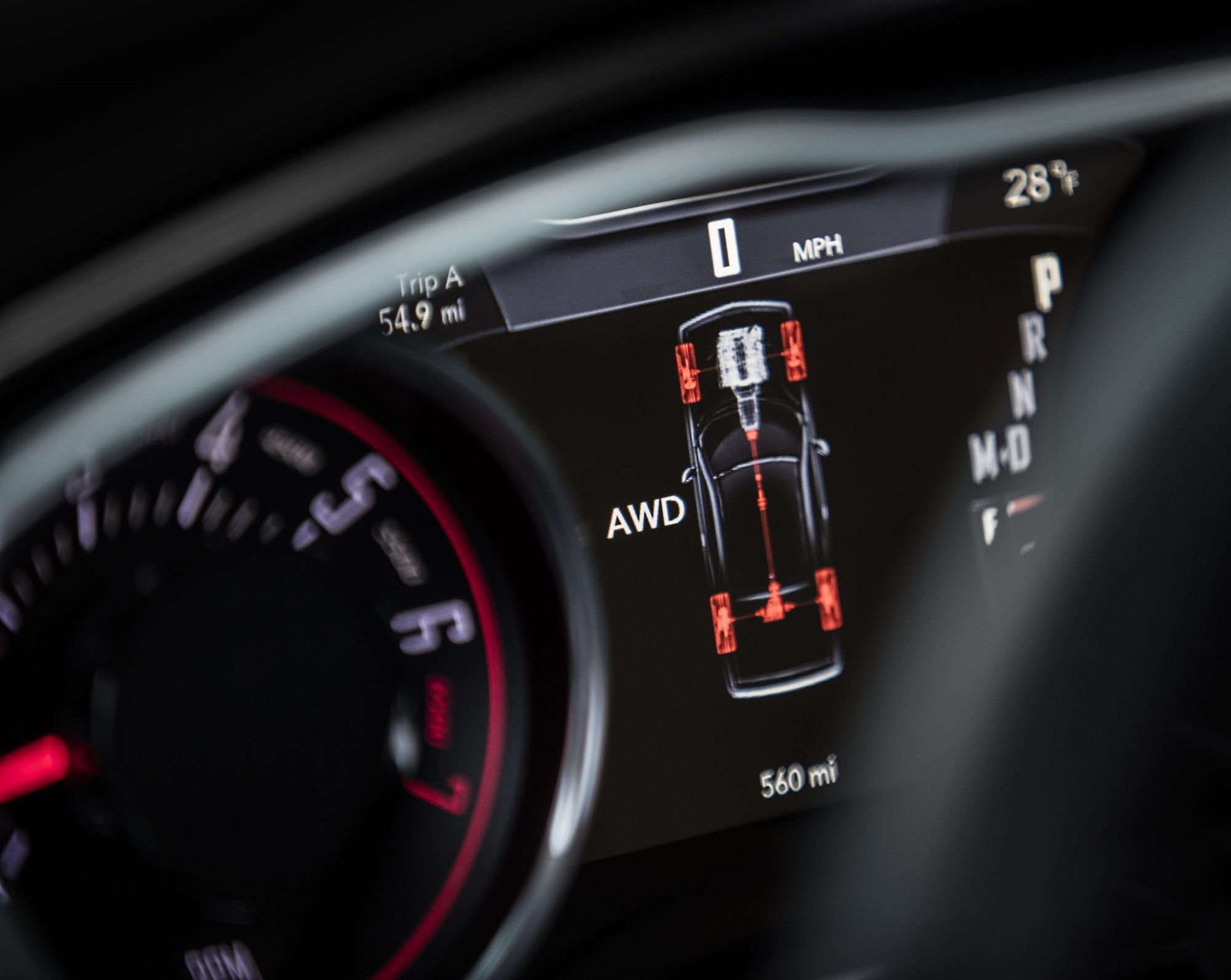I answer a lot of questions on Quora. Many of those questions are about automotive things that may be of interest to CarNewsCafe readers. Like this one.
Why do all wheel drive cars get worse gas mileage?
My Answer: The primary reasons are aerodynamics. Most will cite weight and power losses to mechanics, but these losses are often mitigated through the increased torque (power) that AWD adds to the wheel output and the better traction control and vehicle stability AWD brings.
All-wheel drive systems add more moving parts to the drivetrain, including at least two more differentials (one for the drive line, one for the other axle). These components add weight to the vehicle. The resulting traction gains do not offset that weight in terms of power-to-drive efficiencies, but they do sometimes mitigate the power losses incurred.
The tradeoff for the slightly lower efficiency of an AWD vehicle are the improved traction control and the better stability AWD offers a vehicle in general. In today’s vehicles, most of the MPG losses for an AWD vehicle are actually due to the vehicle’s design rather than anything inherent to AWD. Most AWD vehicles have a higher ground clearance, higher center of gravity, and lose aerodynamic efficiencies because of those things. They are also often using more powerful engines than a similar front-wheel drive vehicle might, but not always.
The best way to see how going from FWD to AWD affects a vehicle is to look at identical models of vehicle with both options. In most cases, the loss in efficiency is only in the least-efficient driving scenario: in-city stop-and-go, low-speed driving. This is because the torque required from the engine to motivate an AWD vehicle (all four wheels) is greater than that required of a two-wheel drive vehicle. Yet a comparison of some popular models like the Nissan Rogue, Chevrolet Trax, and others shows that the losses are pretty minimal. Most EPA ratings for city mileage drop by only one when the FWD and AWD models are compared.







